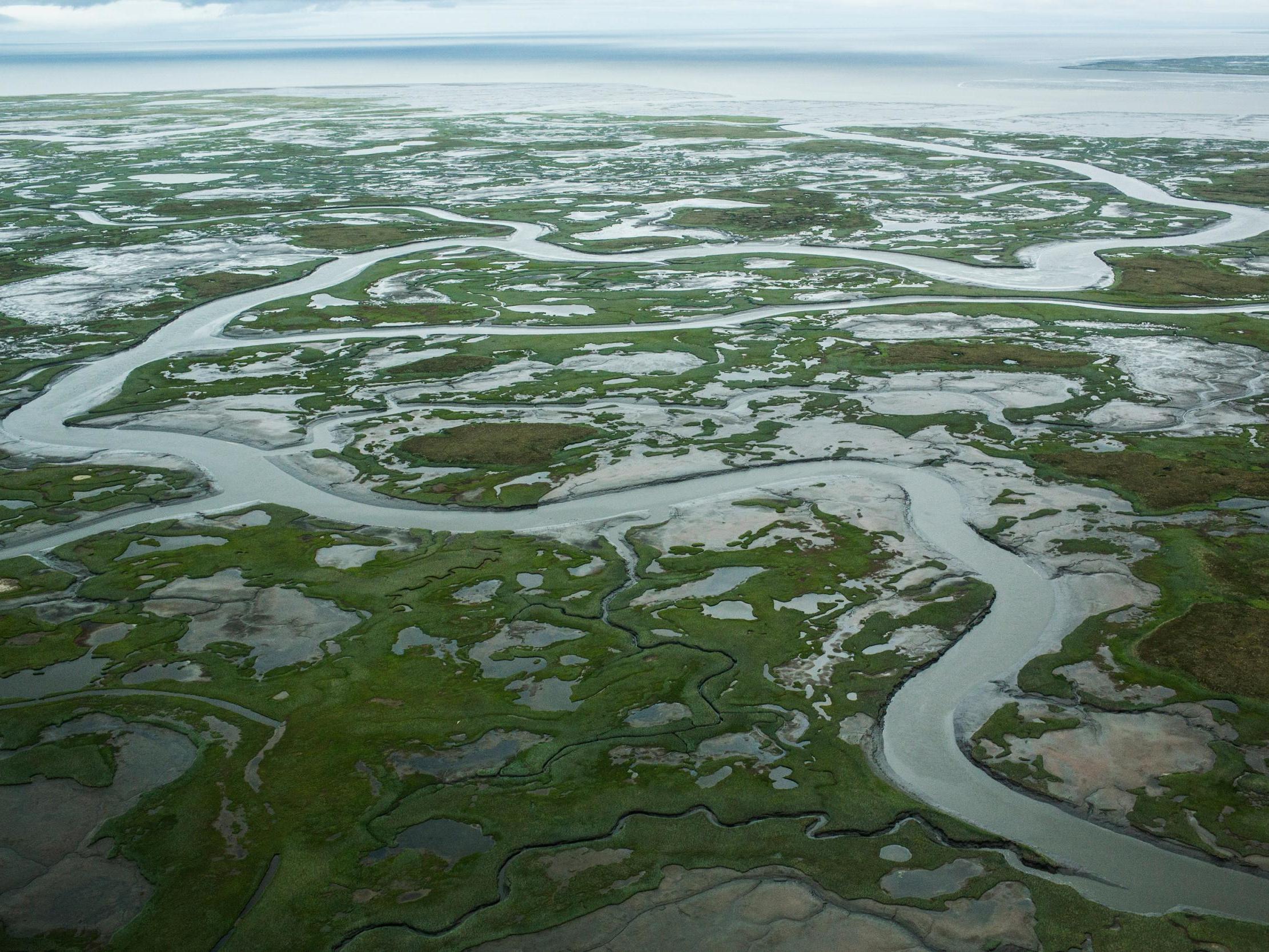Emissions from thawing Arctic permafrost may be 12 times higher than thought, scientists say
‘This needs to be taken more seriously than it is right now,’ says author of new study

Your support helps us to tell the story
From reproductive rights to climate change to Big Tech, The Independent is on the ground when the story is developing. Whether it's investigating the financials of Elon Musk's pro-Trump PAC or producing our latest documentary, 'The A Word', which shines a light on the American women fighting for reproductive rights, we know how important it is to parse out the facts from the messaging.
At such a critical moment in US history, we need reporters on the ground. Your donation allows us to keep sending journalists to speak to both sides of the story.
The Independent is trusted by Americans across the entire political spectrum. And unlike many other quality news outlets, we choose not to lock Americans out of our reporting and analysis with paywalls. We believe quality journalism should be available to everyone, paid for by those who can afford it.
Your support makes all the difference.Emissions from thawing Arctic permafrost may be 12 times higher than previously thought, scientists have discovered.
Permafrost is a mix of soil, rock or sediment that has been frozen for at least two years which is mostly found in the uppermost areas where temperatures are rising more quickly than the rest of the world.
When it thaws because of global warming, it releases large quantities of carbon dioxide and methane into the atmosphere, causing temperatures to rise and creating a perpetual cycle where more permafrost melts.
Nitrous oxide, a third greenhouse gas nearly 300 times more potent than carbon dioxide, stays in the atmosphere for an average of 114 years, according to the Environmental Protection Agency (EPA).
It has “conventionally been assumed to have minimal emissions in permafrost regions”, according to a fresh study published in the Atmospheric Chemistry and Physics journal.
However the research team behind the study, led by Harvard University scientists, has found that nitrous oxide emissions are 12 times higher than previously thought and therefore more of a threat.
The group used a small plane with a probe on its nose to measure greenhouse gases over 120sqm of thawing permafrost in the North Slope of Alaska.
They found that nitrous oxide emissions reached what was previously thought to be the expected yearly limit within just one month in August 2013.
Nitrous oxide also poses a second threat because “up in the stratosphere, sunlight and oxygen team up to convert the gas into nitrogen oxides, which eat at the ozone”, Harvard University said in a statement.
Jordan Wilkerson, one of the authors of the study, said: “Much smaller increases in nitrous oxide would entail the same kind of climate change that a large plume of CO2 would cause.
“This is widespread, pretty high emissions.”
He called for further research on the greenhouse gases, especially nitrous oxide, adding: “This needs to be taken more seriously than it is right now.”
Join our commenting forum
Join thought-provoking conversations, follow other Independent readers and see their replies
0Comments